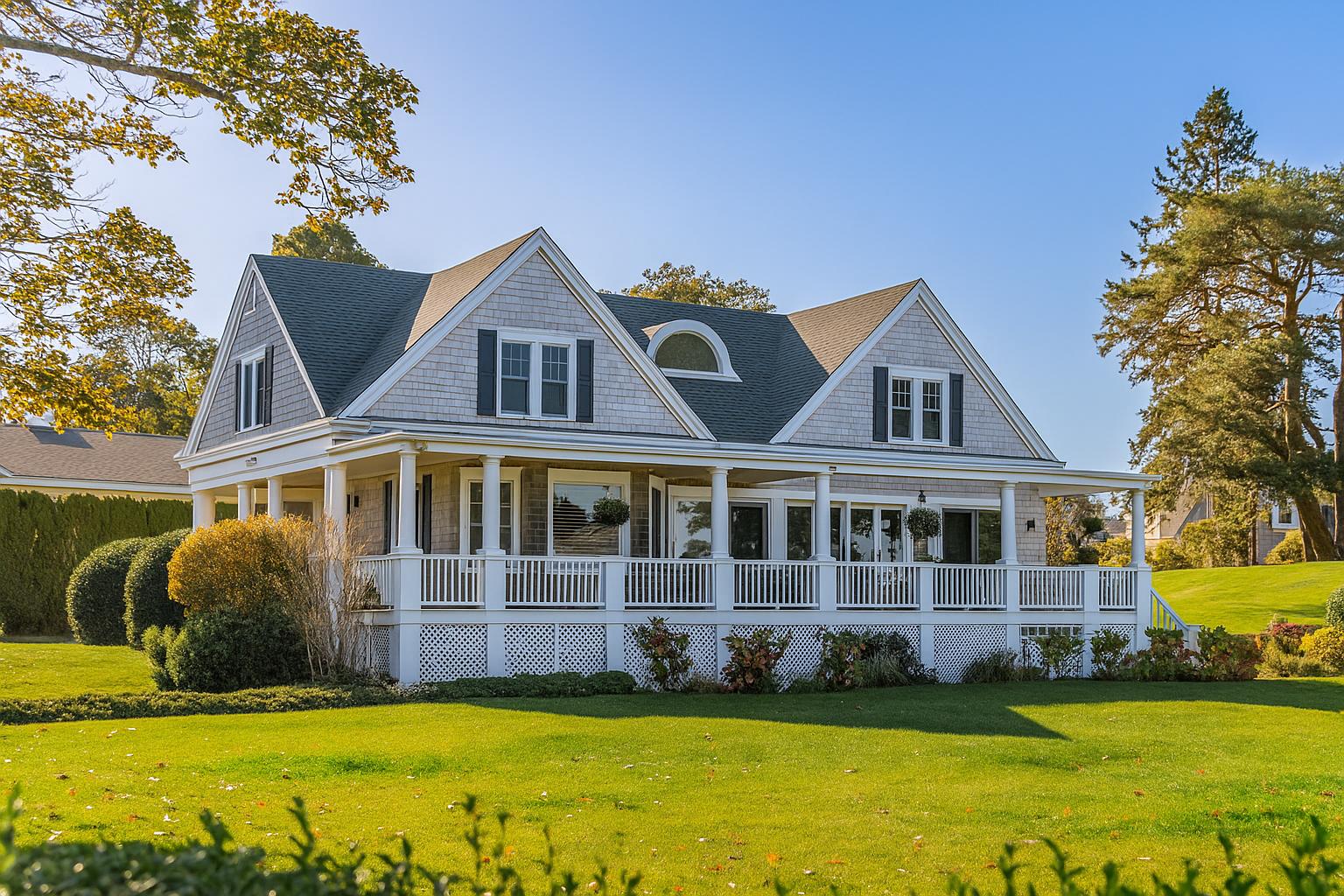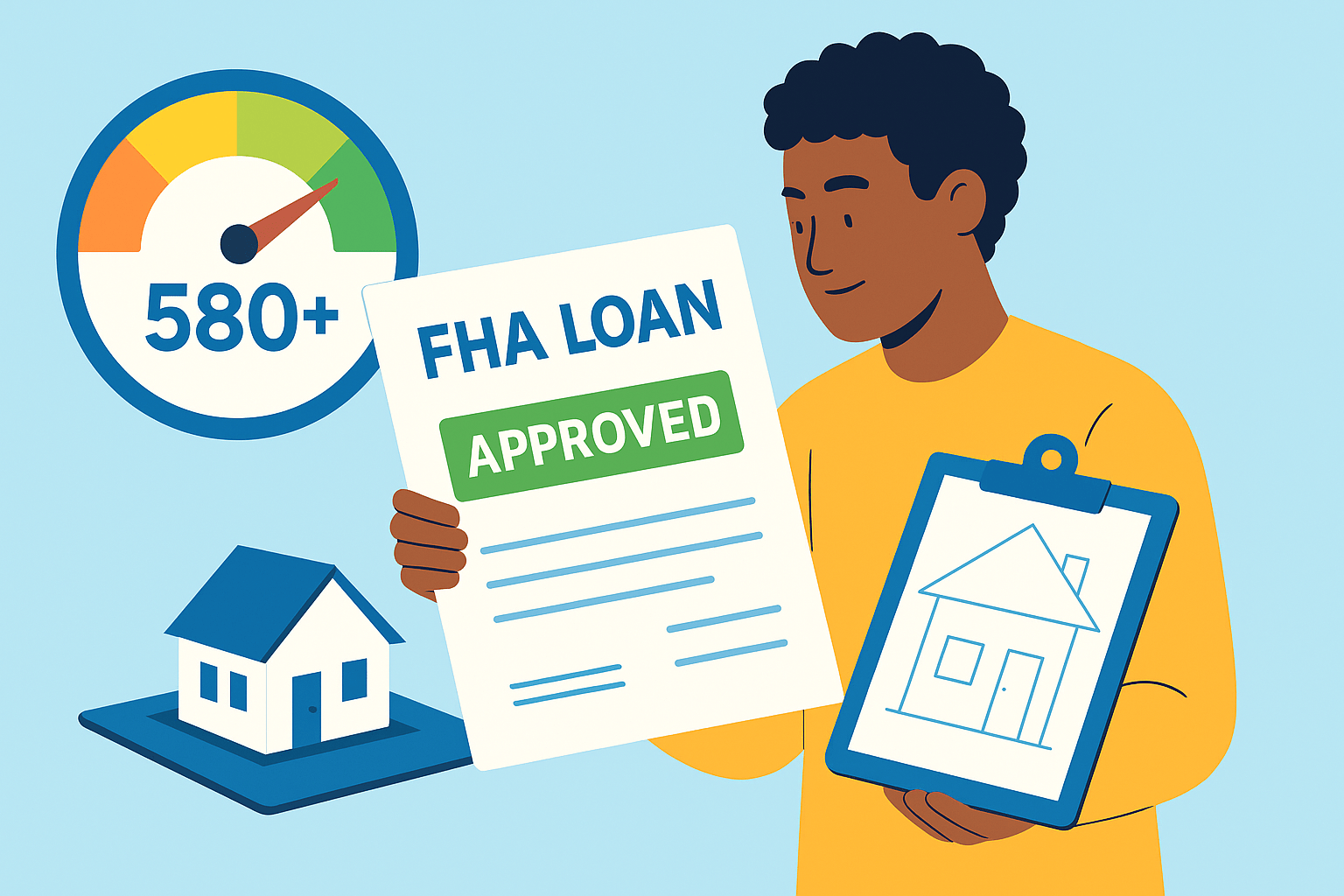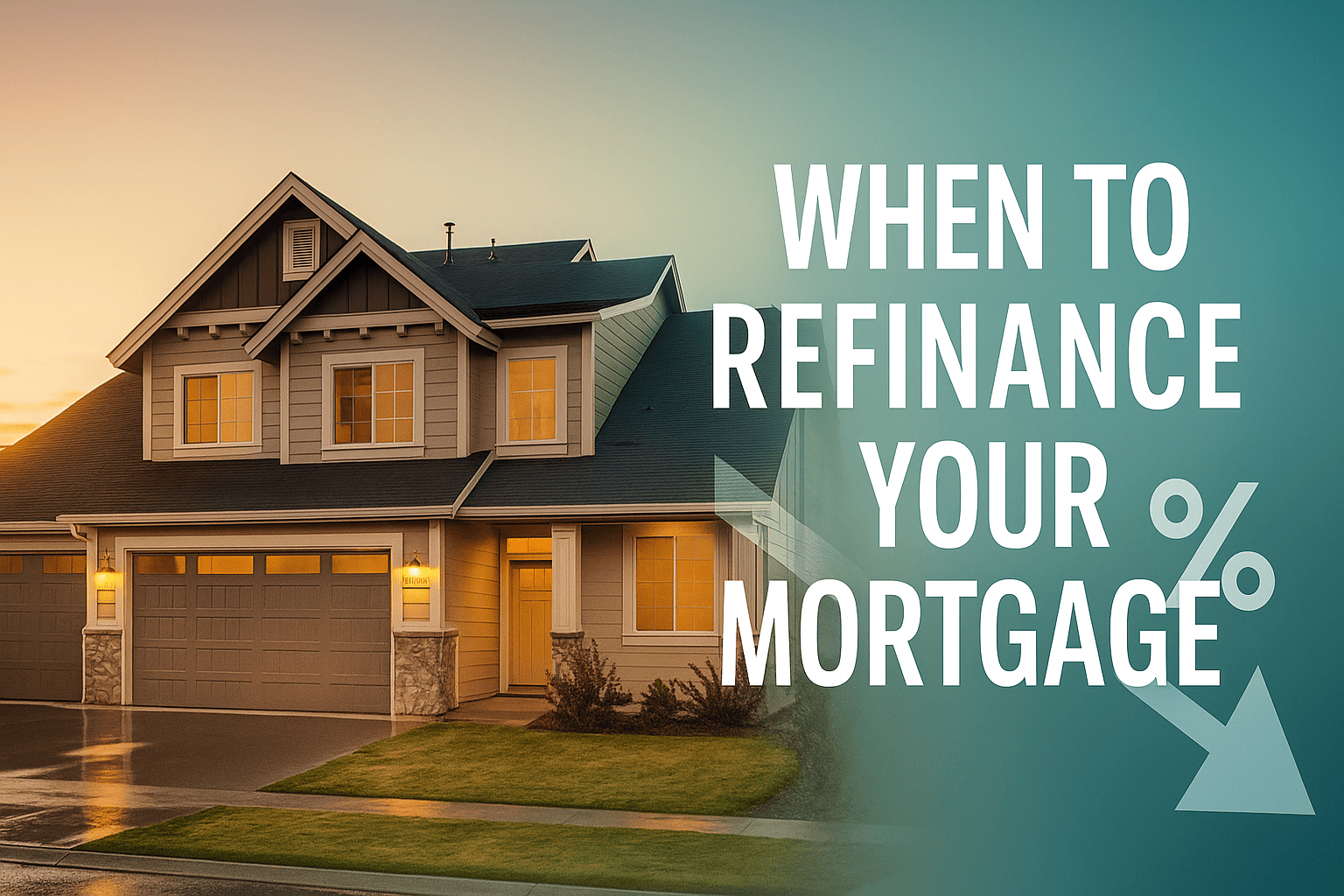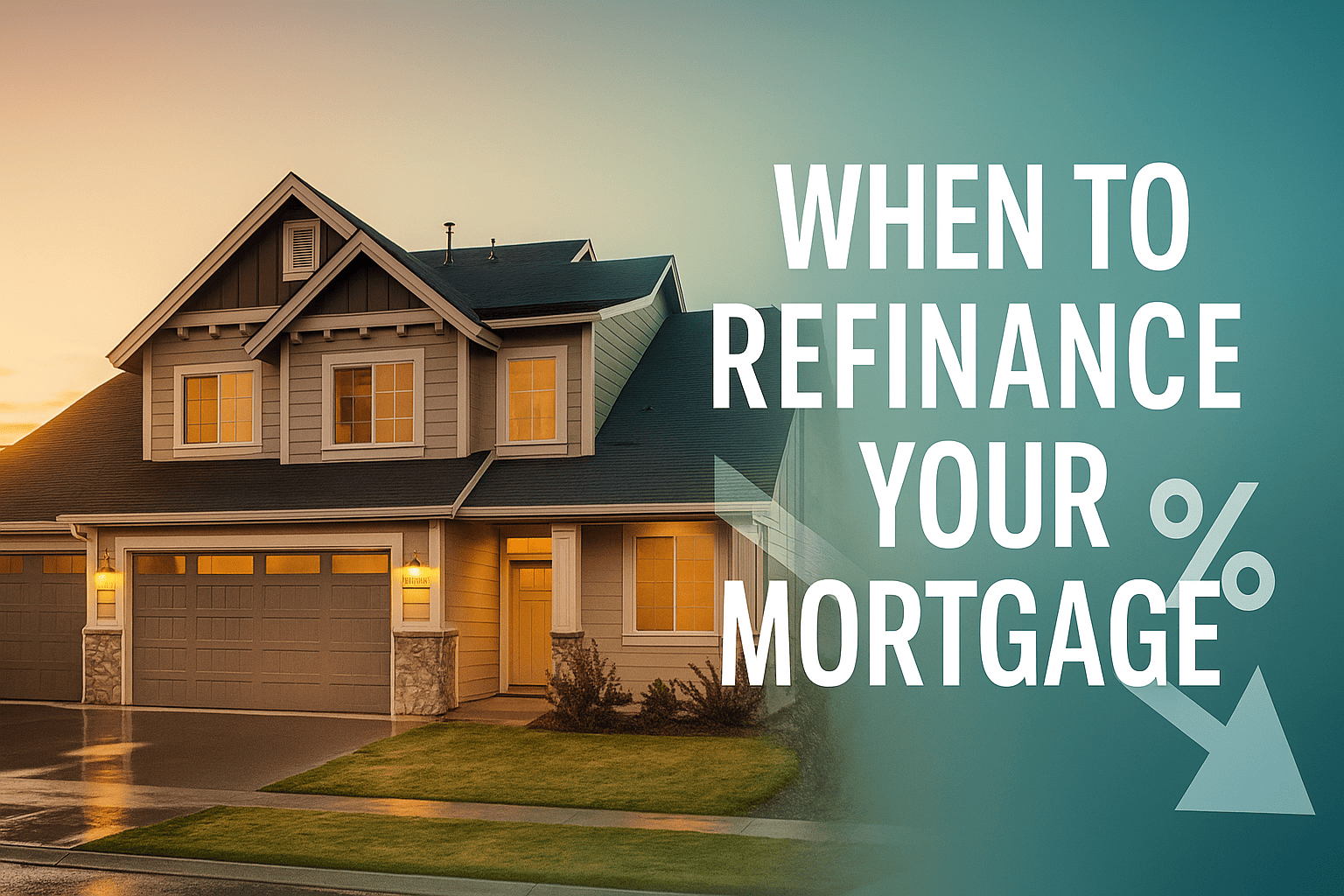Mortgage Credit Certificate First-Time Homebuyer Assistance Programs
Hawaii Mortgage Credit Certificate: A First-Time Buyer’s Secret Weapon
Buying in paradise can feel expensive, yet the Mortgage Credit Certificate program quietly slices thousands off a qualifying buyer’s tax bill every year. Within five minutes you’ll know whether Hawaii’s MCC is the missing puzzle piece in your home-ownership plan.
At a Glance: Why the MCC Matters in Hawaii
- What it is: A federal mortgage tax credit administered locally by the Hawaiʻi Housing Finance & Development Corporation (HHFDC).
- Annual savings: Up to $2,000 directly against federal income taxes, potentially freeing cash to trim your mortgage payment.
- Who it helps: First-time buyers, certain veterans, and purchasers in targeted census tracts.
- Key rule: You must apply for the certificate before closing on your new home.
- Source: HHFDC official MCC page
How Does a Mortgage Credit Certificate Work in Hawaii?
Imagine shaving a slice from your annual tax pie and serving it back to yourself as monthly mortgage relief. That’s the practical effect of an MCC. In Hawaiʻi, the certificate converts 20% of the mortgage interest you pay each year into a non-refundable federal tax credit. The remaining 80 % of interest stays deductible, so you don’t lose ordinary tax benefits.
Take a typical loan on a $650,000 condo at 6.25 % interest. First-year interest might top $40,000. Multiply that by 20 %, and you have an $8,000 potential credit; because federal law caps credits at $2,000, you would claim the full $2,000. That’s roughly $166 a month back in your pocket, money you could apply toward principal, HOA fees, or even a surfboard for those dawn-patrol sessions at Ala Moana.
The credit lasts for the life of the loan — generally 30 years — unless you refinance without re-issuing the certificate or sell the home. Over three decades, the cap alone could provide a lifetime savings of $60,000.
Who Qualifies for the Hawaii MCC Program?
The Island state’s MCC program casts a wider net than many buyers realize, yet it follows clear rules:
- First-time buyer status. You haven’t owned a primary residence in the past three years. Honorably discharged veterans get an automatic waiver.
- Income caps. For 2024, household income must stay under roughly $171,000 on Oʻahu (higher for families of three or more) and slightly lower on neighbor islands. Limits adjust annually.
- Purchase-price caps. The home can’t exceed HHFDC’s published prices ― currently around $648,000 to $814,000 depending on island and family size.
- Main residence only. Vacation rentals and flips are ineligible.
- Participation of lender. Your lender must be approved by HHFDC and collect a one-time issuance fee.
Because HHFDC reserves certificates on a first-come, first-served basis, procrastination can be costly. When annual allocations run out, applicants have to wait until the new calendar year.
Real-World Story: Kealoha & Malia’s Condo on Kuhio Avenue
Kealoha, a Honolulu firefighter, and his partner Malia, a nurse, spent months watching mortgage rates inch upward. Their lender suggested an MCC. Skeptical but curious, they applied, paid the $500 issuance fee, and locked a 30-year loan at 6.125 %. Their first-year interest: $37,800. The 20 % calculation yielded a credit, but the $2,000 cap still kicked in. “That’s two round-trip tickets to visit my parents on Hawaiʻi Island every year,” Malia told us.*
When rates dropped, the couple refinanced and re-issued the certificate (a simple, $100 step). By year five, they had already recouped the condo’s monthly maintenance fees for an entire year—money they later used to upgrade to energy-efficient jalousie windows.
*Interview conducted in January 2024; data on file with author.
Benefits Beyond the Obvious Tax Credit
While the $2,000 annual break grabs headlines, the MCC creates ripple effects that reduce total borrowing costs.
- Lower debt-to-income (DTI) ratios. Some lenders add the expected credit to your qualifying income, potentially improving loan approval odds.
- Front-loaded affordability. Credits apply from year one, unlike deductions that help only at tax time.
- Stackable aid. Pair the Hawaii MCC with down-payment assistance loans or HUD counseling programs.
- Portability within the state. You can keep the certificate if you refinance with re-issuance.
- Psychological cushion. Knowing part of Uncle Sam’s cut circles back offers peace of mind amid Hawaiʻi’s high cost of living.
Step-by-Step: Applying for a Mortgage Credit Certificate
The process is straightforward but time-sensitive:
- Choose an approved lender. HHFDC lists participating institutions. Ask whether loan officers have filed MCCs recently; experience trims paperwork headaches.
- Complete the MCC application. Expect an affidavit, income verification, and a recapture tax notice (more on that below).
- Pay fees. Issuance ($500) plus a lender processing fee (often $250–$400). These can be part of closing costs.
- Close on the home. The certificate is issued within 60 days of loan settlement and filed with the IRS via Form 8396.
- Claim your credit. Each year, calculate it on Form 8396 before finalizing your 1040.
Quick Tip
Because credits are non-refundable, you need sufficient tax liability to use them. Consult a tax professional if you typically receive large refunds driven by withholding and below-average tax bills.
What About the Recapture Tax?
Federal law requires a “recapture” clause: if you sell within nine years and earn a significant profit while your income rises above a certain threshold, you may repay a portion of the saved tax. HHFDC data show fewer than 1 % of Hawaii MCC holders ever owe it, thanks to Hawaii’s slower appreciation compared with mainland hot spots. Even when due, the amount is capped at 6.25 % of the original loan, offering a predictable ceiling.
The Numbers: Why MCCs Pair Perfectly with Island Economics
According to Honolulu Board of REALTORS®, the median Oʻahu single-family price hovered around $1.05 million in 2023, while condos averaged $502,000. With rates in the 6 % range, first-year interest on a median condo easily tops $30,000, theoretically yielding a $6,000 credit but limited to $2,000. The takeaway? Even capped, the MCC claws back 4 months of average grocery bills for a family of four in Honolulu, based on USDA Thrifty Food Plan estimates. In a state where milk can cost $7 a gallon, every dollar stretches further.
FAQ
How do I apply for the Hawaii Mortgage Credit Certificate?
Apply through an HHFDC-approved lender before closing; you’ll complete affidavits, verify income, and pay the issuance fee.
How much can I save with a first-time buyer tax certificate?
You can claim 20 % of annual mortgage interest as a credit, capped at $2,000 per year.
Can I combine an MCC with a VA or USDA loan?
Yes. Veterans may also waive the first-time buyer rule, making MCCs a natural fit for VA financing.
Does the MCC work with refinances?
If you refinance, you must request a re-issued certificate within one year; otherwise, the original MCC becomes void.
What paperwork is required for the MCC program?
Income tax returns, pay stubs, purchase contract, signed affidavits, and a lender compliance package.
Ready to Save Thousands on Your Hawaii Home?
Hawaii’s Mortgage Credit Certificate turns the federal tax code into a personal affordability hack. Whether you’re eyeing a Hilo bungalow or a Kakaʻako high-rise studio, an MCC could free up cash for HOA fees, child-care costs, or weekend trips to Maui. Our team specializes in guiding first-time buyers through the islands’ unique programs, lenders, and neighborhoods. Reach out today and start house-hunting with an extra $2,000 a year already in your pocket.
Proposed URL slug: /hawaii-mortgage-credit-certificate-guide
Explore More Blog Posts
Checkout more similar posts those will help you to choose better property.












 Profile
Profile Password
Password Saved Properties
Saved Properties Sign Out
Sign Out
 +0.01
+0.01
 -0.15
-0.15

